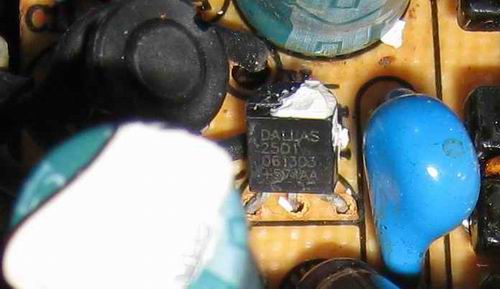Qaisar Azeemi
Full Member level 5
- Joined
- Feb 11, 2011
- Messages
- 315
- Helped
- 16
- Reputation
- 32
- Reaction score
- 15
- Trophy points
- 1,298
- Location
- Peshawar, Pakistan, Pakistan
- Activity points
- 3,829
about Laptop Adoptors Technology?
HI;
I note in some laptop adopters that they charge the specific Laptops even specific for specific versions of the same company brands. for example; the Laptop adopter for one dell Laptop(DL1) will not charge the other Dell laptop(DL2); it only power other laptop DL2 but not charge its battery.
i want to know the resion behind it;
1)what is the Technology used to make laptops compatible with a specific version? is it by sending some specific code or address to identify & charge the battery of the laptop?
2)if i made my own charger to charge the battery of Laptop... will it charge it or not?
3) if my confusion about compatibility is true; Can my Lead acid battery Charger charge the Battery of Laptop?
Hope to get Technology around replays.
Regards
HI;
I note in some laptop adopters that they charge the specific Laptops even specific for specific versions of the same company brands. for example; the Laptop adopter for one dell Laptop(DL1) will not charge the other Dell laptop(DL2); it only power other laptop DL2 but not charge its battery.
i want to know the resion behind it;
1)what is the Technology used to make laptops compatible with a specific version? is it by sending some specific code or address to identify & charge the battery of the laptop?
2)if i made my own charger to charge the battery of Laptop... will it charge it or not?
3) if my confusion about compatibility is true; Can my Lead acid battery Charger charge the Battery of Laptop?
Hope to get Technology around replays.
Regards
Last edited:
